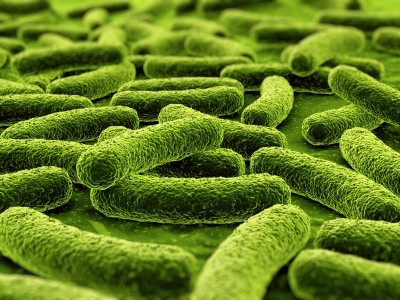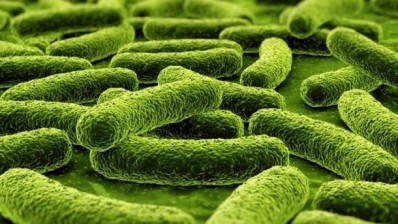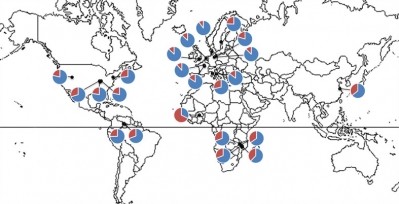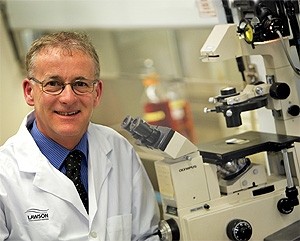Researchers identify molecular link between gut bacteria and intestinal health
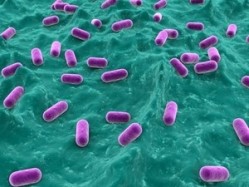
Researchers from the University of Pennsylvania in the US reported findings that show the enzyme HDAC3 as a key mediator in maintaining proper intestinal integrity and function in the presence of friendly bacteria.
It also plays a key role in the relationship between the microbiota and inflammatory bowel disease (IBD).
"HDAC3 in intestinal epithelial cells regulates the relationship between commensal bacteria and mammalian intestine physiology," explained Dr Theresa Alenghat, first author of the study.
IBD mechanism
While it is already well established and understood that the trillions of bacteria that make up our gut microbiota have a direct impact on many of our healthy functions - such as digesting food, and modulating our immune functions - there is also a long and growing list of diseases that have begun to be associated with changes in the composition or diversity of these bacterial populations - including cancer, diabetes, obesity, asthma, and IBD.
Of these disease states to be associated with alterations in the composition of beneficial bacterial populations, IBD is one of the best-studied. However, the nature of that relationship, and how it is maintained, has yet to be clarified, noted the authors.
Study details
Alenghat and her colleagues looked to address this by investigating the molecular mechanisms that control this relationship; questioning how the relationship goes wrong and can contribute to metabolic and inflammatory diseases.
The team focused on HDAC3, which belongs to a family of enzymes that can be responsive to environmental signals. Indeed, HDAC3 itself had previously been identified to have various inflammatory and metabolic roles.
The team therefore looked at HDAC3 expression in normal and diseased intestine from both humans and mice - finding that the enzyme is normally expressed throughout the intestinal epithelium, but that expression is reduced in tissues from subjects with IBD.
The team then developed a mouse model that would mimic their observation by creating a transgenic mice that lacked HDAC3 specifically in the intestinal epithelium. Using this they found that these animals exhibited altered gene expression in their intestinal epithelial cells.
The mice also showed signs of altered intestinal health - lacking Paneth cells that produce antimicrobial peptides, while their intestines seemed to be more porous than normal, and they showed signs of chronic intestinal inflammation - exhibiting some of the symptoms observed in patients with IBD.
When the team examined the diversity of the microbial population colonizing these mice, they found differences from normal animals - with some species being overrepresented in HDAC3-deficient mice.
"There's a fundamental change in the relationship between commensal bacteria and their mammalian hosts following deletion of HDAC3 in the intestine," explained Dr David Artis - co-author of the study.
Microbial influence
The team then tested what would happen if the HDAC3-deficient mice were grown in the absence of bacteria - finding that their intestinal symptoms largely disappeared, as did many of the observed differences in gene expression.
In other words, HDAC3 was influencing the bacterial population, and the bacteria in turn were influencing the cells' behaviour, said Artis.
The implication, he suggested "is that intestinal expression of HDAC3 is an essential component of how mammals regulate the relationship between commensal bacteria and normal, healthy intestinal function."
"Obviously more has to be done, but it is clear that this is a pathway that is of significant interest as we continue to define how mammals have co-evolved with beneficial microbes."
Source: Nature
Published online ahead of print, doi:10.1038/nature12687
"Histone deacetylase 3 coordinates commensal-bacteria-dependent intestinal homeostasis"
Authors: Theresa Alenghat, Lisa C. Osborne, Steven A. Saenz, et al
Invested in pre- and probiotics? Probiota 2014 will explore the prebiotic-probiotic scientific frontier, its evolution and commercial application in food, nutraceuticals, pharmaceuticals and cosmetics across the globe.
The 2-day, 2-stream event – formerly Probiotech and Microbiota - will be held in Amsterdam on February 4-5 next year. Will you be joining your peers there?
